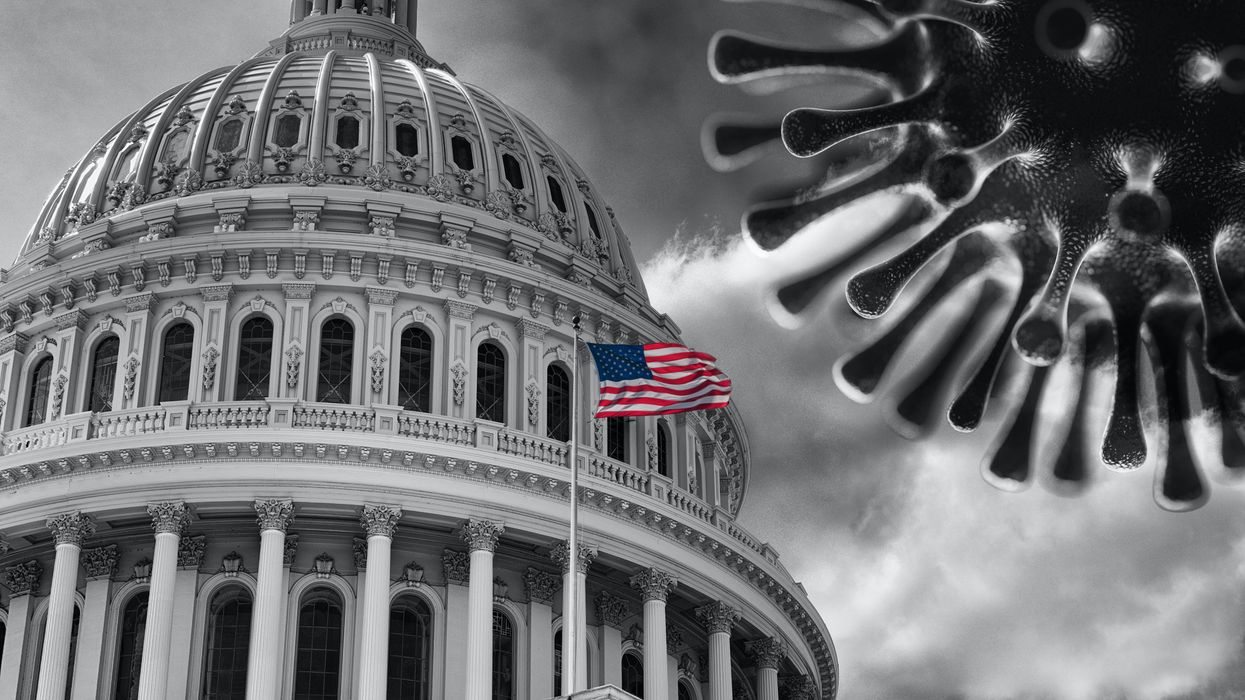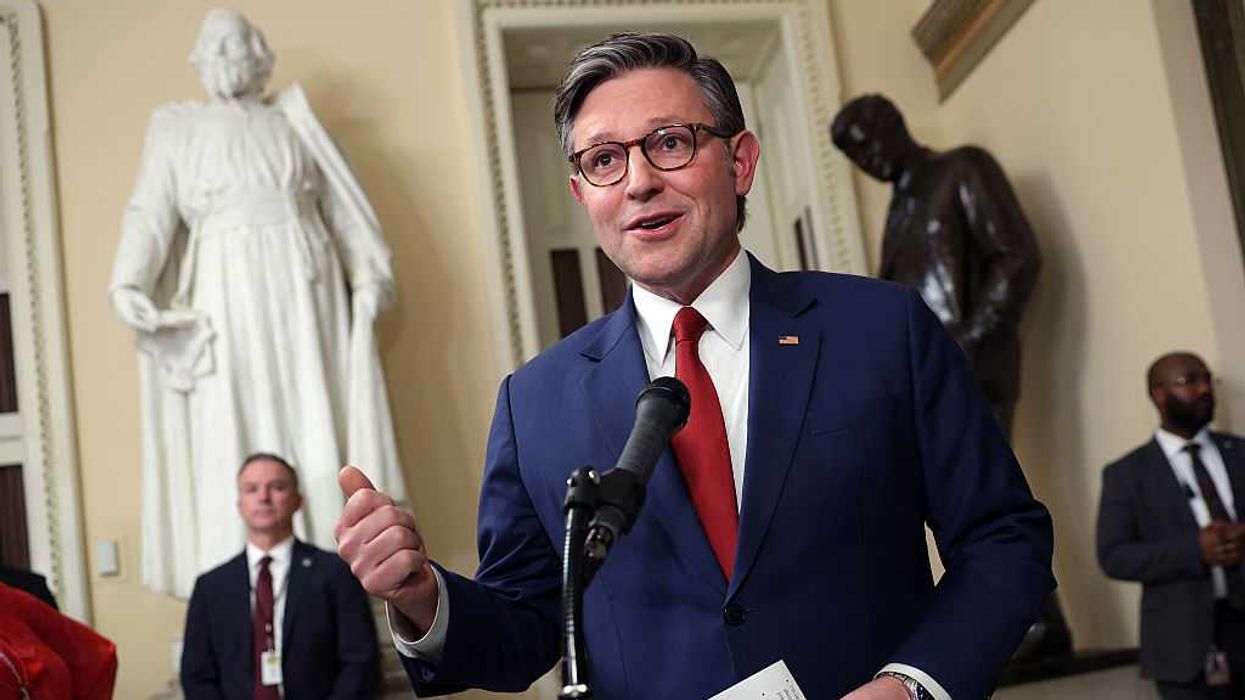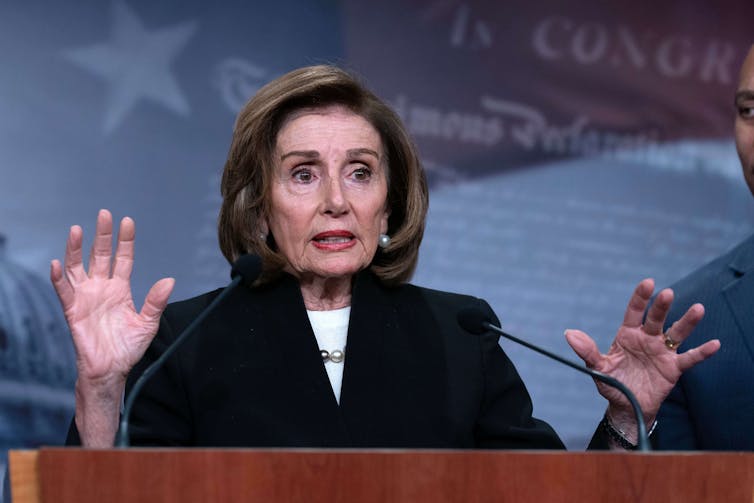Girvan is a research fellow at the Foundation for Research on Equal Opportunity, a free-market think tank focused on policies affecting the poor.
As the death toll from Covid-19 surpasses 190,000 and state economies continue to limp along under uneven levels of lockdown, a centuries-old constitutional debate keeps raging about the central question of federalism: What is the balance of powers among the local, state and national governments?
This time, public health experts wonder whether the United States' federalist approach to public health is fatally flawed, in that we rely too heavily on local officials to fight a pathogen that knows no borders.
But before we accelerate toward nationalizing the country's pandemic response, it is worth understanding how we got here and what strengths each level of government brings to our public health infrastructure. We find that a measured rebalancing of responsibilities, rather than a federal takeover, will prevent another public health crisis of this magnitude from happening again.
The nation's public health system has come under attack — from public health experts themselves — for being too decentralized and lacking a singular nationwide response. They blame the federal government as being slow and inconsistent and local authorities as rebellious and uncoordinated.
Earlier this year Rebecca L. Haffajee and Michelle M. Mello gave voice to this when they wrote this in the New England Journal of Medicine: "One lesson from the Covid-19 epidemic is already clear: When epidemiologists warn that a pathogen has pandemic potential, the time to fly the flag of local freedom is over."
Admittedly, there is a certain appeal to ceding greater powers to the national government to fight pandemics. After all, the novel coronavirus is highly infective and spreads easily across borders. Local governments have responded unevenly, possibly facilitating the virus' spread even to locations that implemented stricter containment measures.
With so much at stake, it is understandable to ask why we should give so many disparate local authorities so much discretion, increasing the chances that poor decisions undermine an effective response.
To be sure, governments at all levels have made mistakes. This is obvious when we consider that 45 percent of Covid-19 deaths have been nursing home residents, who comprise less than 1 percent of the U.S. population. Some states acted quickly and focused efforts on protecting those in nursing homes and other vulnerable populations, resulting in fewer fatalities. But the federal government didn't start collecting data on the virus in nursing homes until April, well after it was known that residents were at increased risk of Covid-related illness and mortality. Months later, the data is still full of inaccuracies that make it harder for local policymakers to respond appropriately.
These results, among others, suggest a stronger federal response will not achieve the results advertised by public health experts.
The analogy of peacetime vs. wartime is one way to think about how to divide the responsibilities of government to fight pandemics.
The federal government has the resources in money, material, and manpower to build national pandemic preparedness in peacetime — prior to the onset of a pandemic or disaster. In fact, entire federal agencies are built to do this.
Through the Strategic National Stockpile — of antibiotics, vaccines, chemical antidotes and other critical medical supplies — the federal government prepares for disaster and bolsters immediate state responses. But it is only as good as the amount of material it has in store, along with the government's ability to distribute the pharmaceuticals quickly and where needed most. Contrary to popular belief, the repository was never meant to handle by itself all the stressors of a prolonged pandemic. It was always meant to work in tandem with other federal agencies and the states.
States and municipalities cannot muster resources like the federal government. However, their role is important as well. But they do have "on the ground" surveillance that helps guide decision-making with information that might elude national command centers in Washington. In this way, state and local governments activate in "wartime" — when the pandemic arrives — to act quicker and more decisively than their federal counterparts as conditions change on the ground
So what can be done to ensure the next pandemic does not catch the United States flat-footed again?
The best path forward is a new preparedness model that plays to the strengths of each level of government. Doing these three things would mean resources get deployed faster and decision-making is streamlined.
First, the federal government should help states form their own strategic state stockpiles. Leveraging federal dollars and know-how, they would build their own cache of resources that could be deployed faster. States would also avoid battling each other for resources from the federal stockpile, as we have seen this time over personal protective equipment and ventilators.
Second, when a pathogen arrives, states should respond based on local conditions. The federal government can only act as fast as state reporting allows. Such an extra layer of decision-making can prove deadly, given the infectious nature of pathogens like Covid-19 in vulnerable populations. On the other hand, states have a better sense of places and businesses where an outbreak is most likely to occur — nursing homes or meat processing plants, for example.
Confusion and finger-pointing would be reduced by clearly vesting decision-making power to states on resource allocation, community mitigation measures, and timing and benchmarks for reopening businesses and schools, based on state and local officials' intimate knowledge of their own backyards.
Finally, federally facilitated assistance must be refined. Rather than resources and decisions being issued all from Washington, it would take the role as provider of last resort, deploying resources where state stockpiles fall short and providing guidance only when states ask for it. Meanwhile, the federal government can assist in areas under its constitutional purview — reducing a pathogen's spread by invoking the Commerce Clause, for example, to limit interstate travel.
While centralization of power to fight a pandemic may seem appealing, we must resist the urge to plunge headfirst. The message is clear: Our system of federalism need not be vilified, but rather leveraged to take on the pandemics of the future.




















